The 2nd C – COLOUR
- Colour grading is a very important factor when it comes to grading diamonds and the color grade can very highly affect the price.
- It is commonly believed that most diamonds are white, although strictly we should say colourless.
- This is incorrect, most diamonds actually show at least a trace of body colour, and many are quite deeply coloured.
- Colour grading of diamonds depends a lot on the lighting conditions and the skill and the perception of colour of the grader.
IS WHITE THE BEST ?
- It’s really a matter of personal preference.
- Most Diamond companies have promoted white as being the most expensive colour for diamonds.
- Most people believe that white is best, and some even believe that coloured diamonds are bad.
- Whereas fancy coloured diamonds generally command a higher value.
- It is generally true that colourless diamonds are more expensive than tinted diamonds, it is not true that they are better just different and that is the only major difference.
COLOUR GRADING & COLOURED DIAMONDS
Lets see the grades!
- Most people would find it difficult to differentiate between diamonds in the first four colour grades, D, E, F and G, even when unmounted.
- Mounted diamonds of these grades, and also H and I appear colourless.
- Small mounted diamonds down to J and K colour will usually also appear colourless except under careful inspection.
The Colour Grading Pyramid
How Do Diamonds Get Colour ?
- To understand this question its important to understand how diamonds are formed.
- Diamonds, crystallize and form under intense heat and pressure about 150 kilometers below surface, just above the Earth’s molten core.
- The physical conditions necessary to color a diamond naturally occur very scarcely, making natural color diamonds extremely rare.
- The formation of natural color diamonds is a process that requires the presence of the original magical formula for all diamond creation and…
- Also the presence of additional trace elements and distortions to the typical diamond crystal.
- If an element interacts or gets included with carbon atoms during diamond creation, the diamond’s color can change.
- Radiation and pressure on a diamond’s structure will also impact its color as well.
- The included elements or the radiation can change the way the diamond absorbs and reflects light and thus gives it a fancy or light colour depending on the magnitude.








































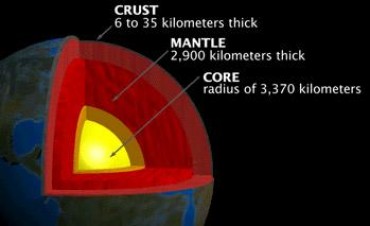

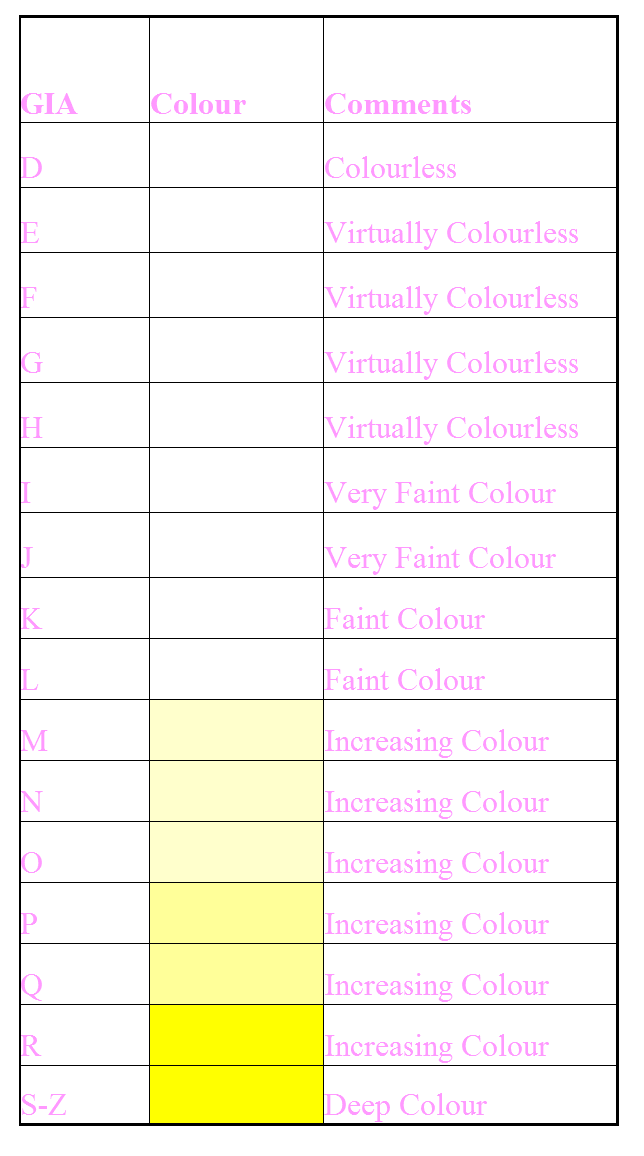











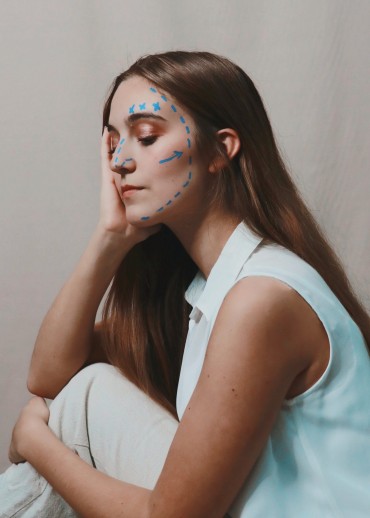
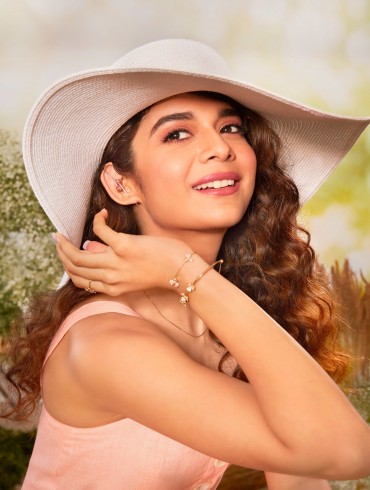
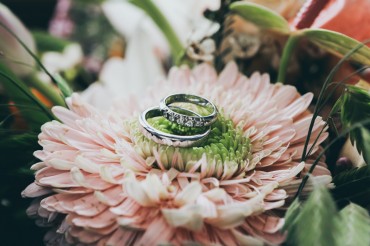
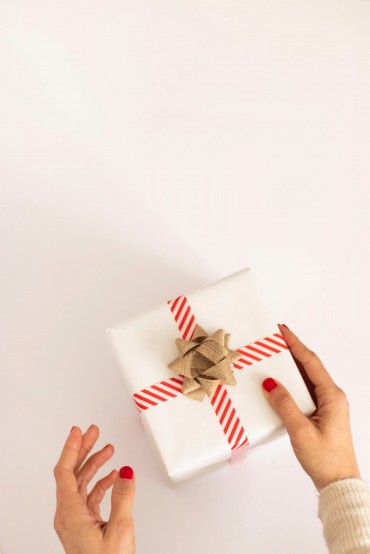
Comments